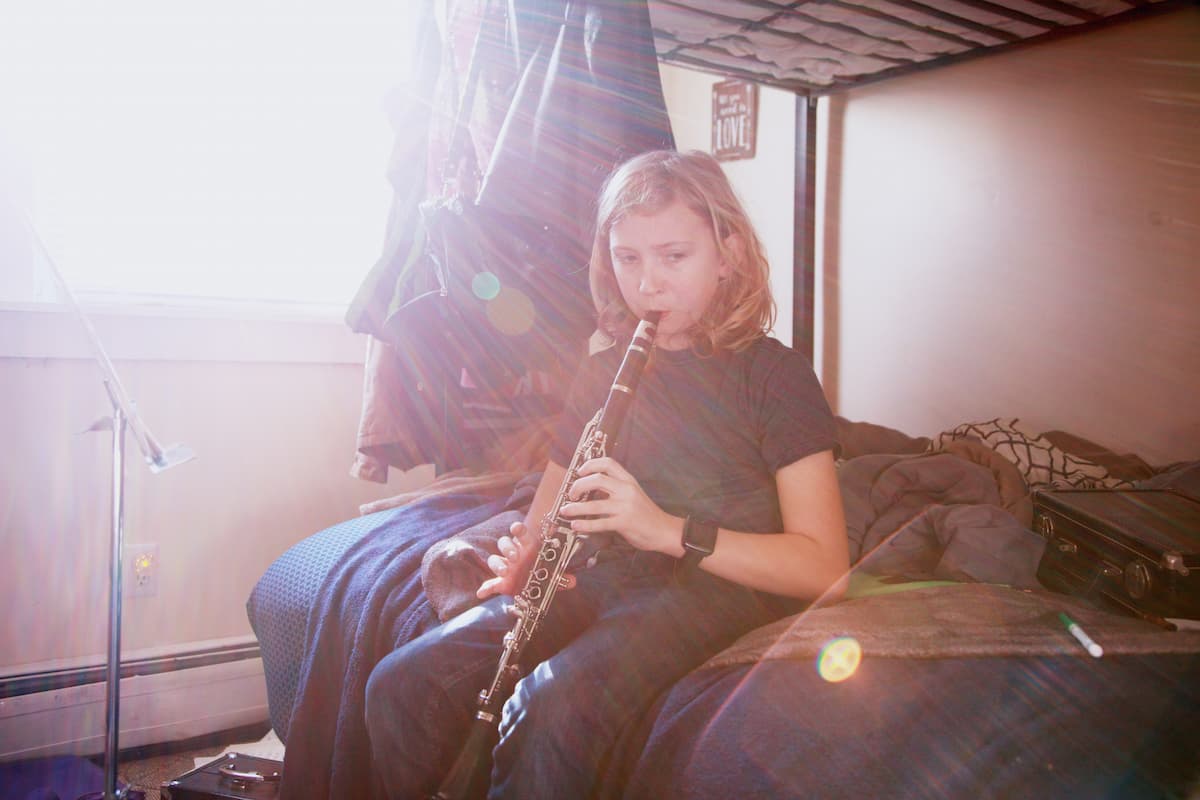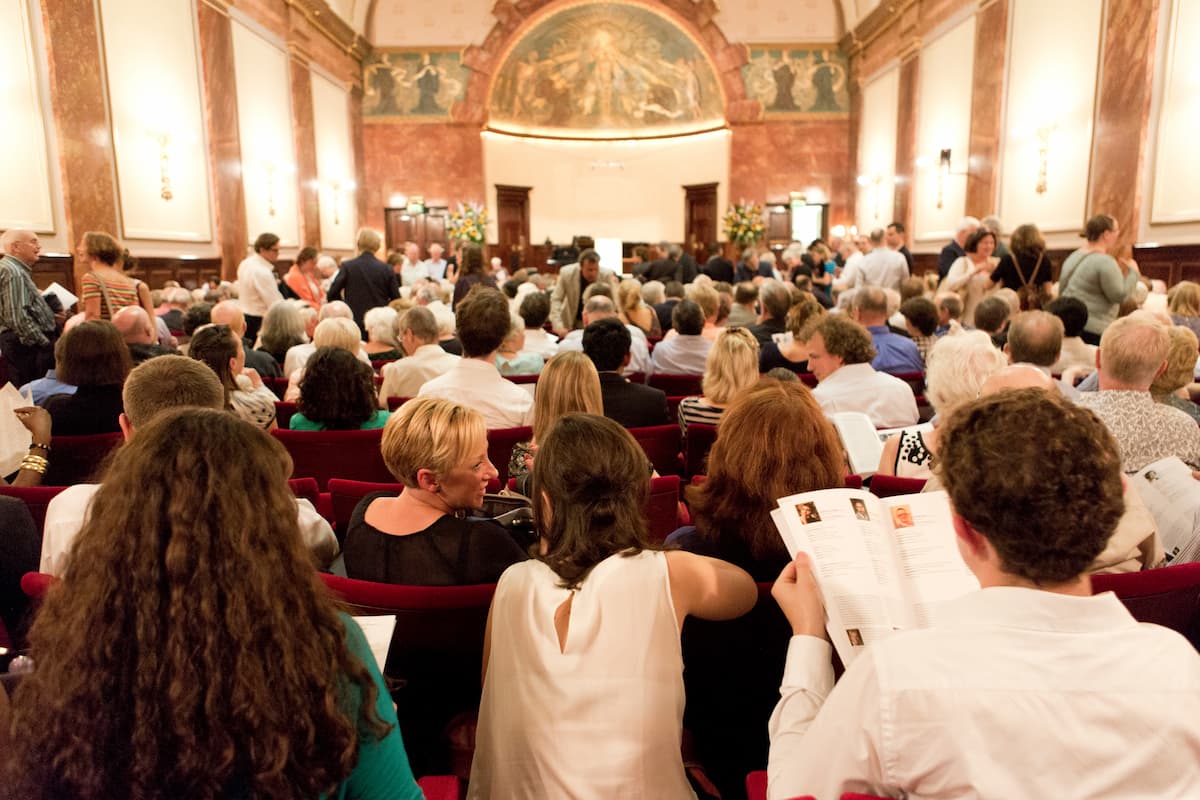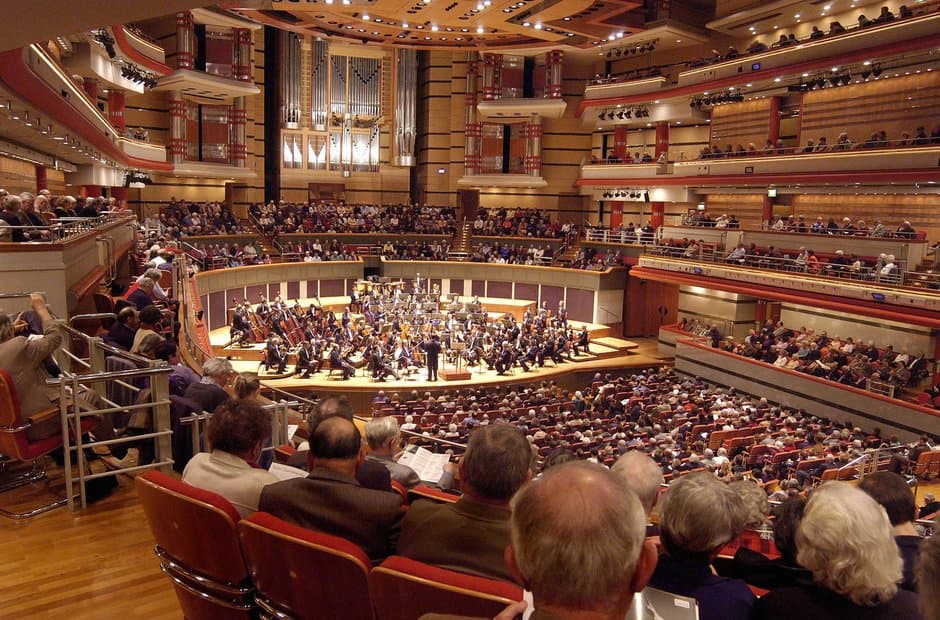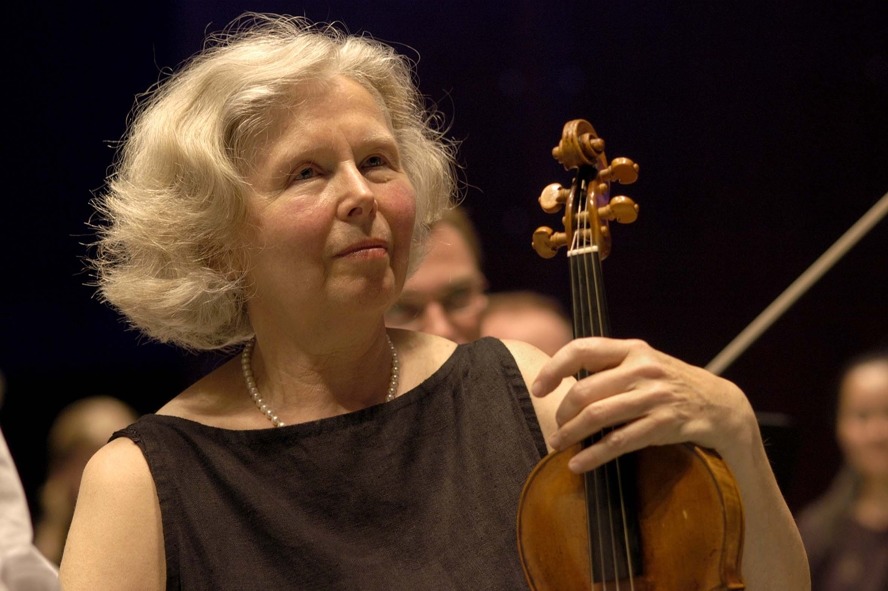
Alice Harnoncourt
Credit: http://www.ioco.de/
Sometime, though, a new performance can make you re-hear the piece and find its beauty again. The early music movement of the 1980s was responsible for some wonderful reinterpretations of pieces that had become loathed. Because they were being played with a new aesthetic, we could listen to these works again and discover the beauty that had kept them alive for so long.
One of the performances that changed something old into something fresh and new was Alice Harnoncourt’s 1993 recording of Vivaldi’s Four Seasons. Every movement of Spring, for instance, seemed to give a new reading to an old work.
Vivaldi: The 4 Seasons: Violin Concerto in E Major, Op. 8, No. 1, RV 269, “La primavera” (Spring), Alice Harnoncourt, violin; Concentus Musicus Wien, Nikolaus Harnoncourt, dir.
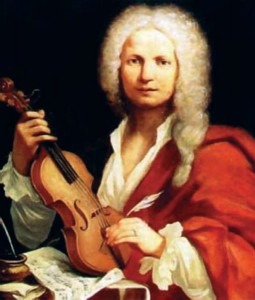
Vivaldi
Credit: http://www.lavozdelnorte.com.mx/
In the second movement, the Largo, again we hear a new kind of sound. The solo violin seems almost as though she’s playing a random melody again the barking dog in the violas. The first and second violin aren’t a real voice, but more like a painting of a sound.
In the third movement Allegro, the viola and the basso continuo are very successful at creating the inevitable sound to be heard at peasant dances: the drone of the bagpipe. The solo violin now seems as though she’s the best dancer in the village, swirling here and there, pausing to greet friends before dancing on. At the same time, below it the other strings maintain a slightly squishy sound such as might be heard in another peasant instrument, the hurdy-gurdy.
Too much Baroque music falls prey to the idea of mechanical music, chugging on like a sewing machine. This performance by Alice Harnoncourt makes you take another look at the subtleties that might be found in someone who’s regarded as the most regular of composers.


